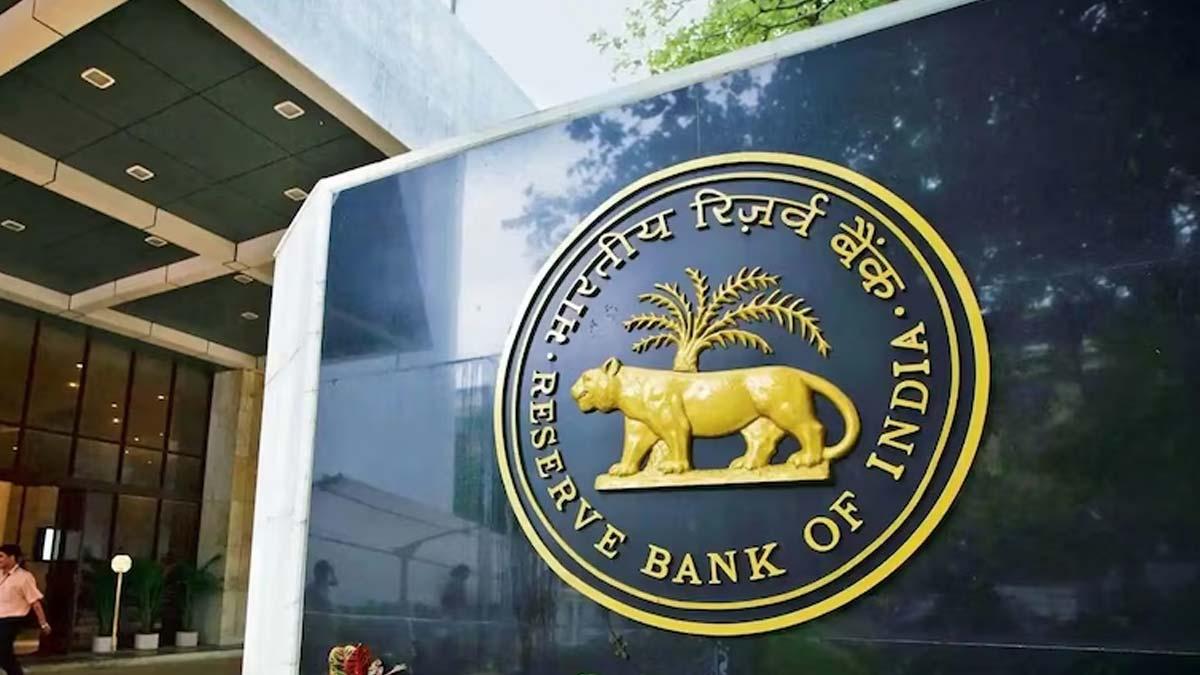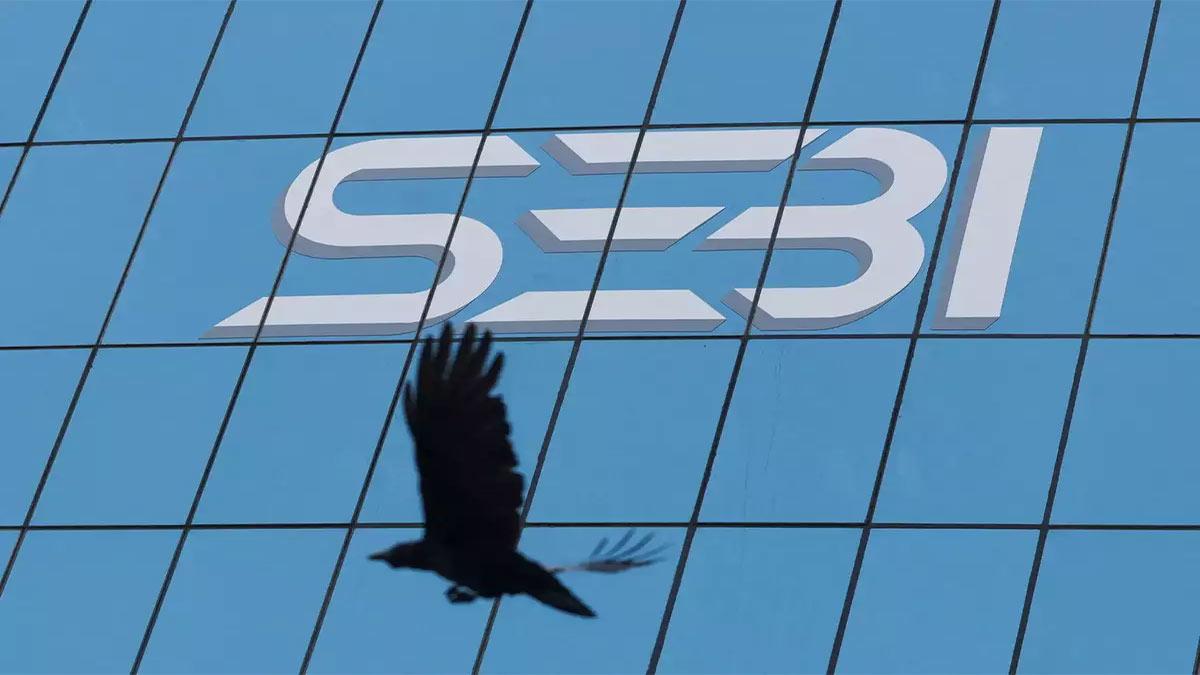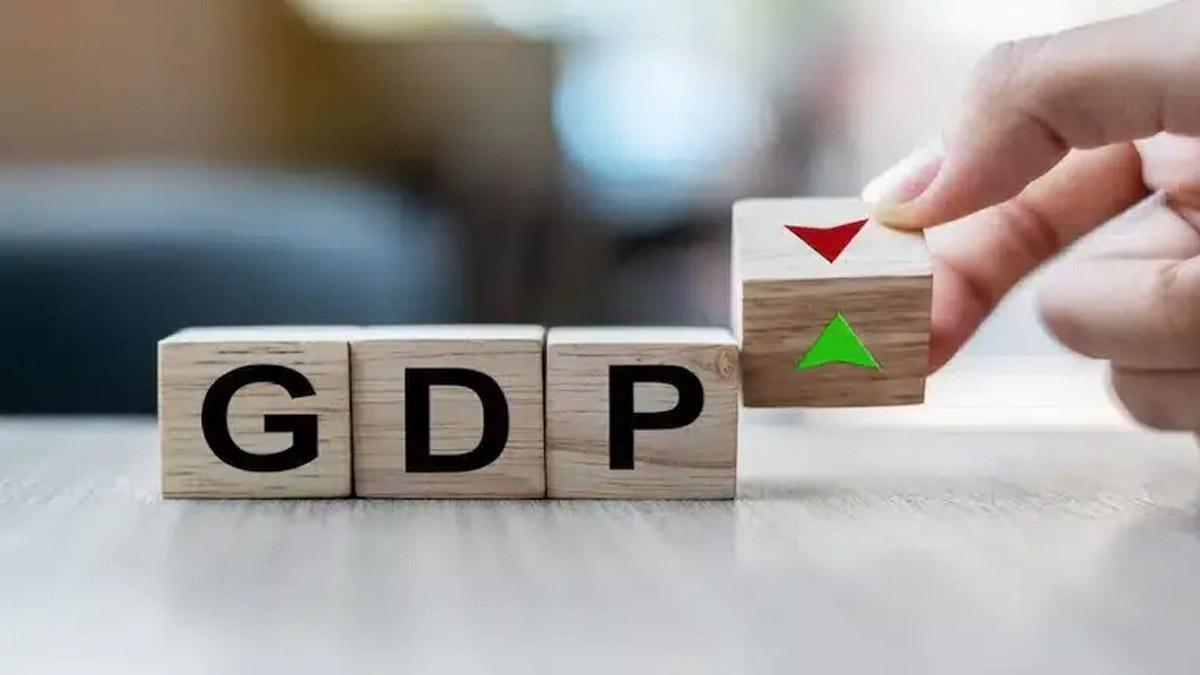Global optimism is mounting that India is on the verge of a significant economic breakthrough, according to the Reserve Bank of India's (RBI) monthly bulletin released on Tuesday.
The bulletin indicates that recent trends suggest a surge in overall demand, with a noticeable increase in non-food spending driven by a recovery in rural expenditure.
The RBI reports that the International Monetary Fund has revised upward India's GDP growth by nearly 2 percentage points for 2023-24. According to the April 2024 World Economic Outlook by the IMF, a strong forecast for growth in 2024 and 2025 is influenced by persistent domestic demand and an expanding working-age population.
According to the Organization for Economic Cooperation and Development, the growth of India would be stable and fast if food prices are not unduly derailed by extreme weather. According to its May 2024 Economic Outlook, recent monthly indicators are suggesting that strong momentum persists, with expectations that real GDP growth is sustained by robust investment and an improving business confidence.
The RBI bulletin also points to the strong reduction in poverty. The World Bank estimated that at the height of the pandemic in 2021, only 12.9 percent of the population lived on $2.15 a day, the worldwide yardstick for extreme poverty. More recent estimates by independent economists would suggest that extreme poverty in India is almost eradicated.
Global attention is also on the change India is bringing about in its physical infrastructure, including highways, ports, and airports. The country has been fully electrified, and its power sector has been integrated into a single national grid. Daily power availability has increased to 20 hours in rural areas and 23.5 hours in urban areas, while the level of technical and commercial losses has been drastically reduced.
India ranks third globally in the production of renewable energy. The country leads in the use of digital public infrastructure for ease of payment, achieving financial inclusion, and direct benefit transfers. According to the RBI Bulletin, India now holds the largest number of digital transactions and has been supported by a huge internet user base. The broadband connectivity has grown massively, reaching out to more than 93% of villages. Under the Bharat Net project, all the villages of the country are being connected with high-speed internet while the ONDC digital platform helps small businesses by expanding their market.
India's digital public infrastructure, known as the India Stack, is enhancing productivity and efficiency, creating jobs, and improving the targeting of fiscal transfers.
Recent indicators suggest a quickening pace of demand in personal consumption. Data from Nielsen IQ reveal that for the first time in over two years, rural demand for Fast Moving Consumer Goods (FMCG) has surpassed that of urban markets.
In terms of private investment, the RBI study notes that retained earnings from listed private manufacturing companies remained the primary source of cash in the second half of 2023-24. They were primarily utilised to increase fixed assets and non-current investments, showing a surge in new capacity creation compared to the first half of the year.
However, the research also notes heightened geopolitical tensions, which are putting significant upward pressure on key commodity prices, with crude oil and gold leading the charge, as global variables that offer a negative risk.
Read also | EPFO Welcomes 14.41 Lakh New Enrollees, 57 pc are youths


















